Section 25
Molecular Techniques
By Boundless
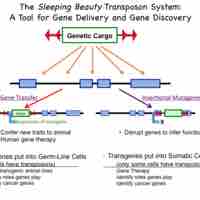
Transposons allow genes to be transferred to a host organism's chromosome, interrupting or modifying the function of a gene.
An insertion site is the position at which a transposable genetic element is integrated.
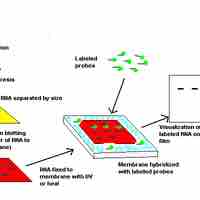
Northern blots allow investigators to determine messenger RNA molecular weight and sample content.
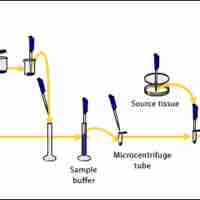
The Western blot technique determines protein molecular weight and measures protein abundance in different samples.
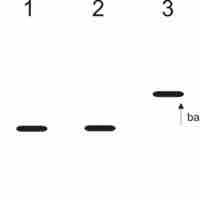
DNA mobility shift assay is a technique for studying gene regulation and determining protein-DNA interactions.
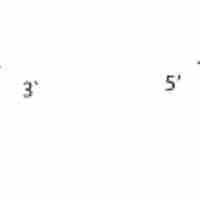
Protein tags are peptide sequences genetically grafted onto a recombinant protein.

Primer extension is used to map the 5' ends of DNA or RNA fragments.
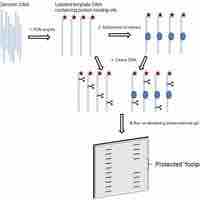
DNA protection or "footprinting" analysis is a powerful technique for identifying the nucleotides involved in a protein-DNA interaction.
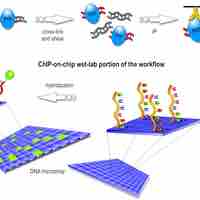
Whole-genome DNA-binding analysis is a powerful tool for analyzing epigenetic modifications and DNA sequences bound to regulatory proteins.

The two-hybrid method detects the interaction of two proteins by their ability to reconstitute the activity of a split transcription factor.